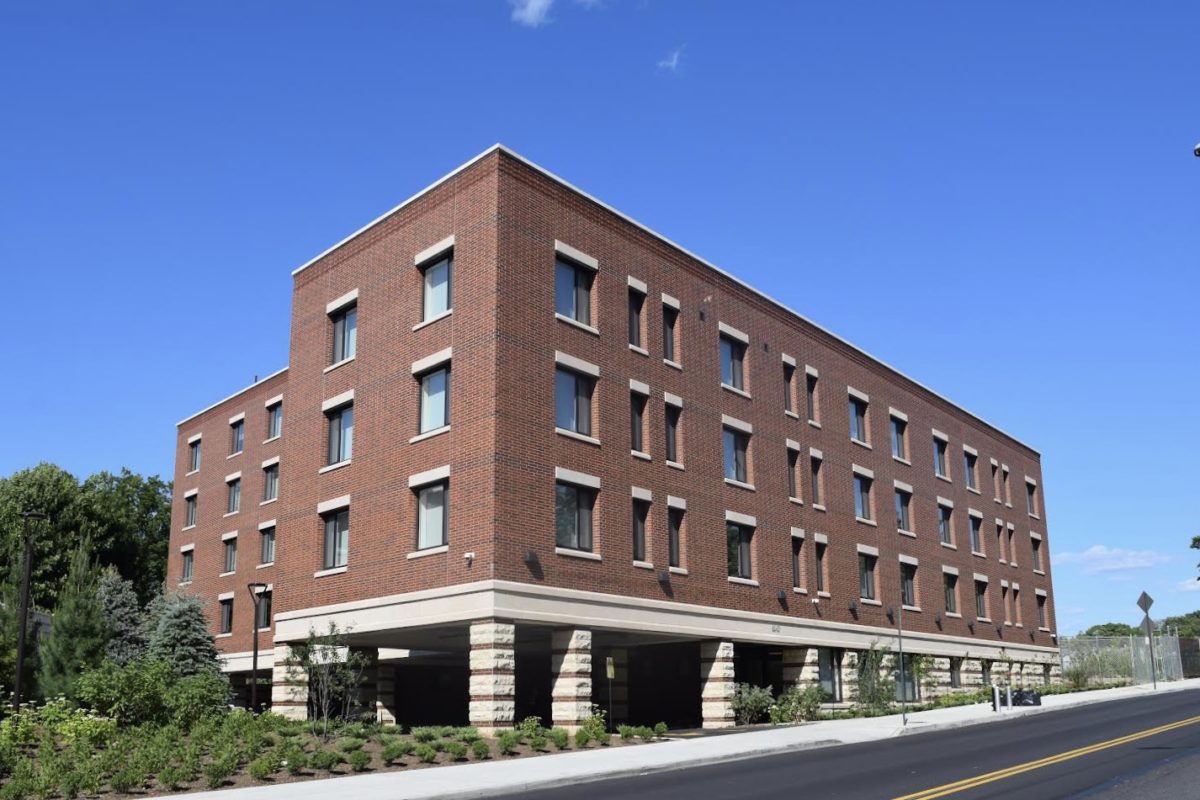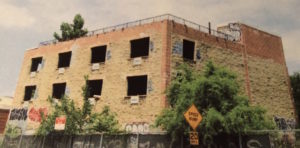Local teacher creates short film
‘Coming Home’ made quarterfinals in Big Apple Film Festival
Between school plays, off-off Broadway shows, and the front of school classrooms—Angelo Amato has performed in various arenas.
Most recently, his journey in the performing arts community has taken him to the world of short films, leading him to write, produce, direct, and star in his new short film, “Coming Home.”
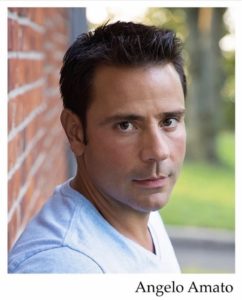 Filmed entirely in Whitestone, where Amato lives, “Coming Home” is a drama about an Italian-American family of four living in Queens and experiences a great loss.
Filmed entirely in Whitestone, where Amato lives, “Coming Home” is a drama about an Italian-American family of four living in Queens and experiences a great loss.
Much of the film’s theme is inspired by his own Italian heritage, as well as his local connections to Glendale, where his father owned a luncheonette on Myrtle Avenue; Howard Beach, where he spent some of his childhood years; and Nassau County, where he lived before coming to Whitestone in 2003.
Amato grew up loving films and acting, looking up to big names such as Robert De Niro, Al Pacino, Gene Hackman, and Jack Nicholson.
However, his greatest influence is John Hughes, who is best known for his iconic ‘80s films, which he says heavily inspired his own filmmaking style.
“When it comes to film, I think of myself as a product of ‘80s pop culture. To me, those films were the best because the technology met at the perfect spot with the storytelling,” he said. “Films are about relationships between people, and each character in ‘Coming Home’ has their own deep backstory, something that they’re struggling with—like their relationship with the father or their relationships with each other.”
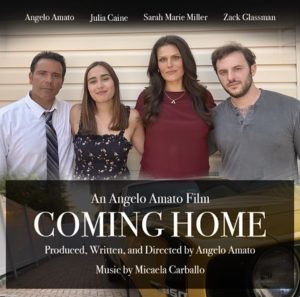 Amato plays Matthew, the responsible older brother figure, Zack Glassman plays Robert, the rebellious younger brother, Julia Caine plays Samantha, the little sister who’s just gone off to college, and Sarah Marie Miller plays Gail, the mother who navigates the family’s path and supports them during a tough time.
Amato plays Matthew, the responsible older brother figure, Zack Glassman plays Robert, the rebellious younger brother, Julia Caine plays Samantha, the little sister who’s just gone off to college, and Sarah Marie Miller plays Gail, the mother who navigates the family’s path and supports them during a tough time.
“[Samantha] is just coming to that age where she is realizing that her parents are more than just her parents, they’re also people… people that are not perfect, they make mistakes, they have their own lives, wants, fears, and hopes,” Caine said of her role in the film. “She’s going through a lot; it’s a complex character for a really interesting story.”
“It’s always really interesting to tell a story that has so much humanity in it,” Miller said. “These are universal things, whether the specific events of this story resonate with you or not, we all understand what it’s like to deal with grief and loss and the questions that can sometimes come up with that. It’s definitely a story that’s really just a slice of life.”
Amato has been acting since he was a child, and played Kenickie in his 8th grade rendition of “Grease.”
“The only way I can describe it is to say it was like the first time you fall in love,” he said.
Throughout high school, he starred in plays such as “42nd Street,” “South Pacific,” “Our Town,” and “A Streetcar Named Desire” at Iona College where he attended.
After college, Amato was involved in numerous off-off Broadway productions, but eventually stepped away from acting and started teaching Social Studies, which he says feels a lot like acting.
“When you’re teaching, I feel you’re definitely on stage,” he said. “It’s funny because I don’t really talk about it at work. I stepped away from acting for a while, but when something’s in your soul, it calls you back.”
This led him to star in a play at the Manhattan Repertory Theatre in 2019, and create “Coming Home.”
“Coming Home” finished as a quarterfinalist in the Big Apple Film Festival, and Amato said he plans to enter it into other well-known film festivals such as Tribeca and Sundance.
When it comes to his goals with acting and film, Amato’s motto is “go big or go home.”
“At this point in my life, I can honestly say that it has nothing to do with money or fame. I’ve come to a point in life where I realize we are all here for only a certain amount of time,” he said.
“It’s never too late to pursue what you love…and it doesn’t have to make sense to anyone else other than yourself. For me, that’s the takeaway.”



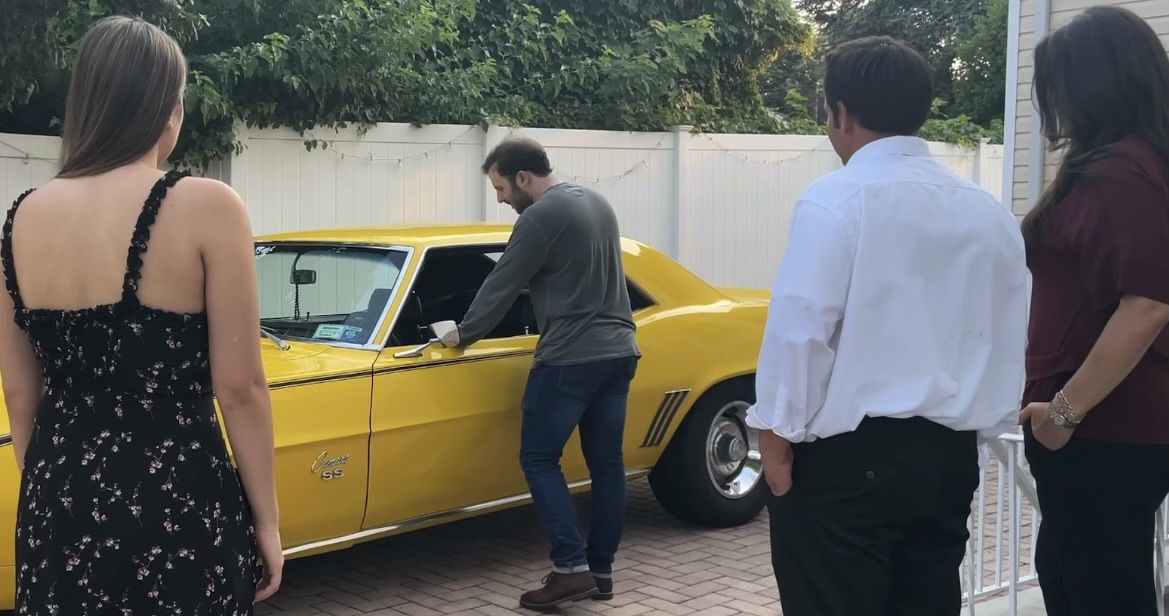
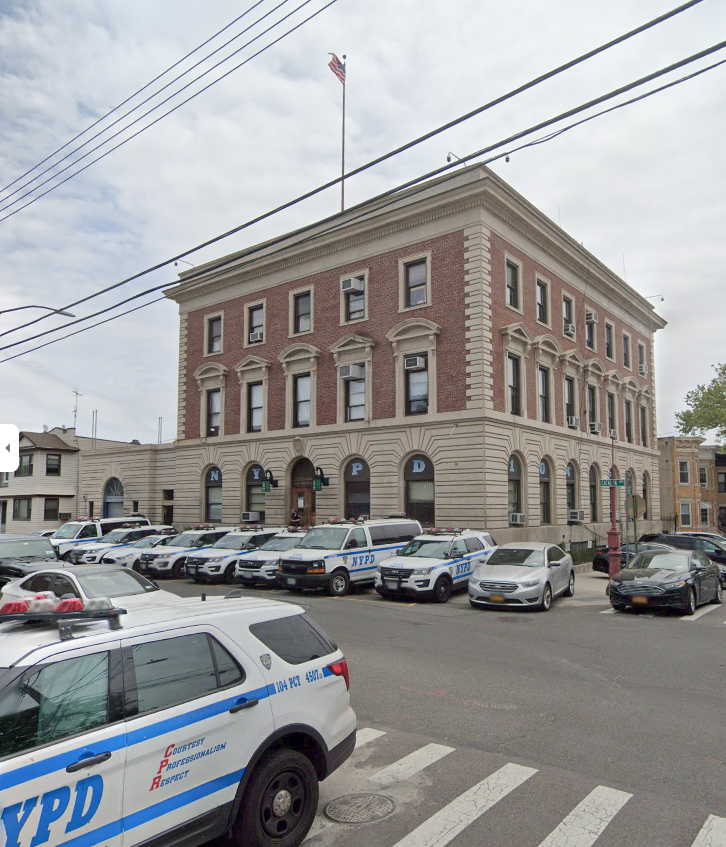


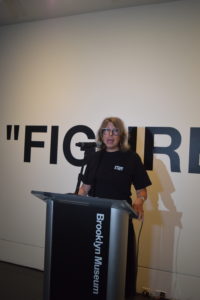
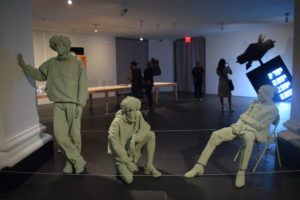
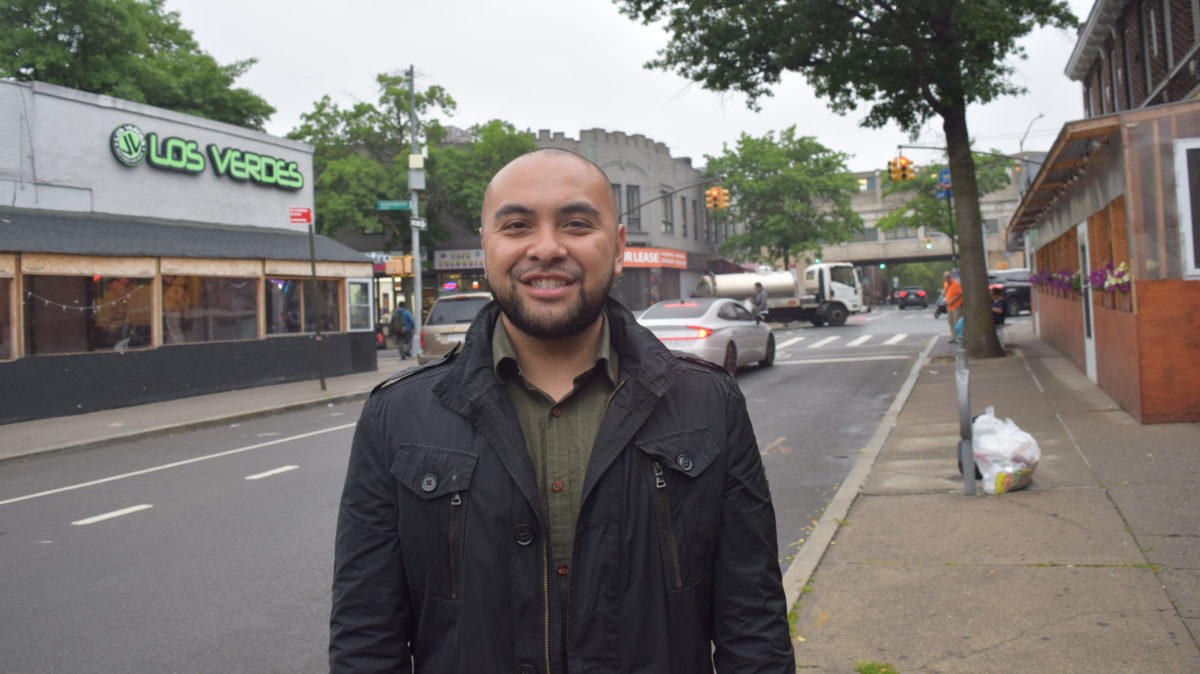

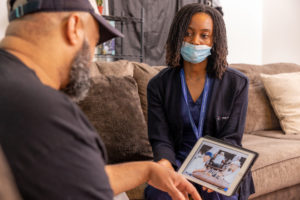
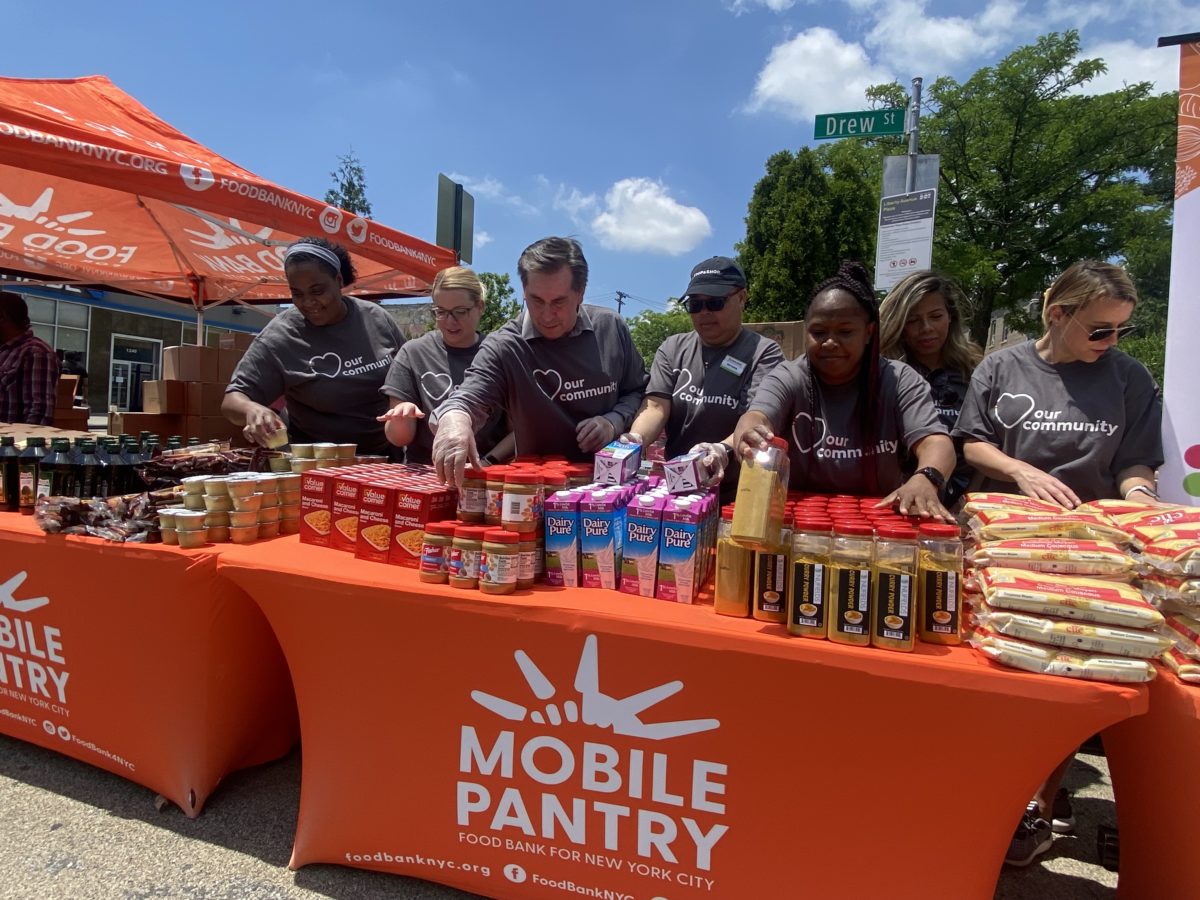
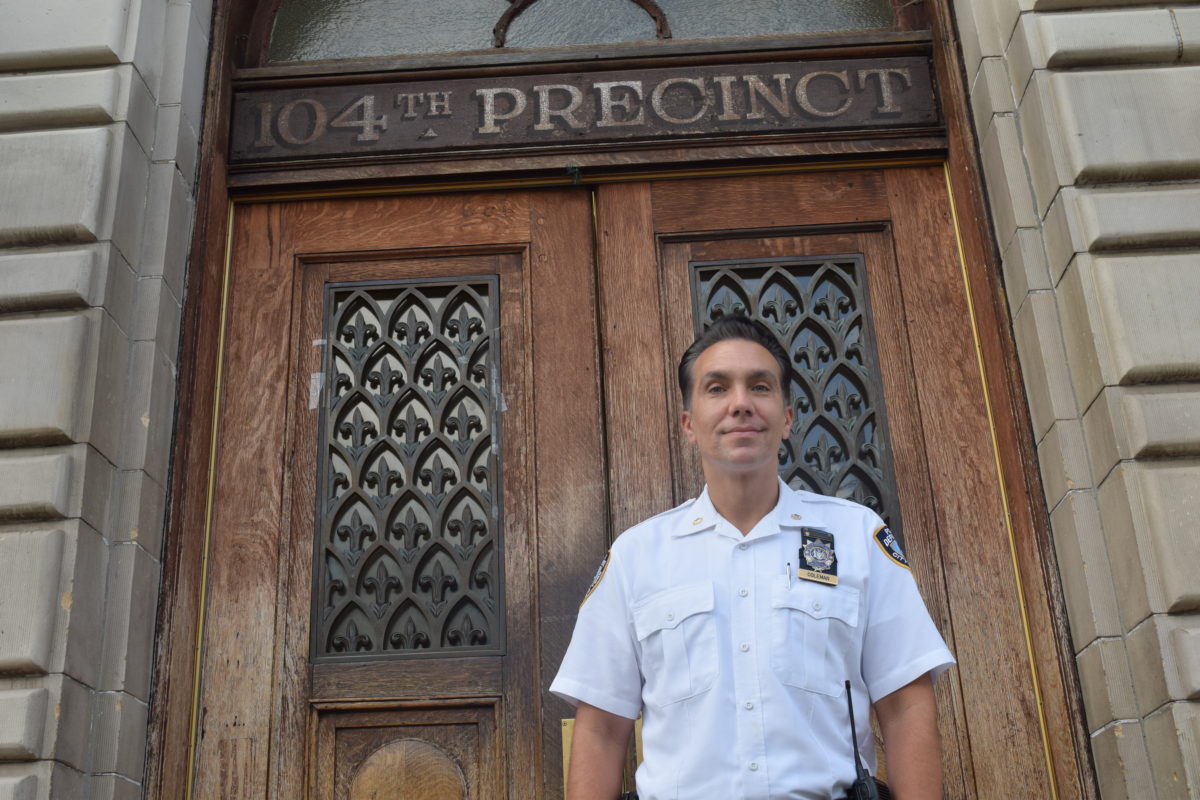

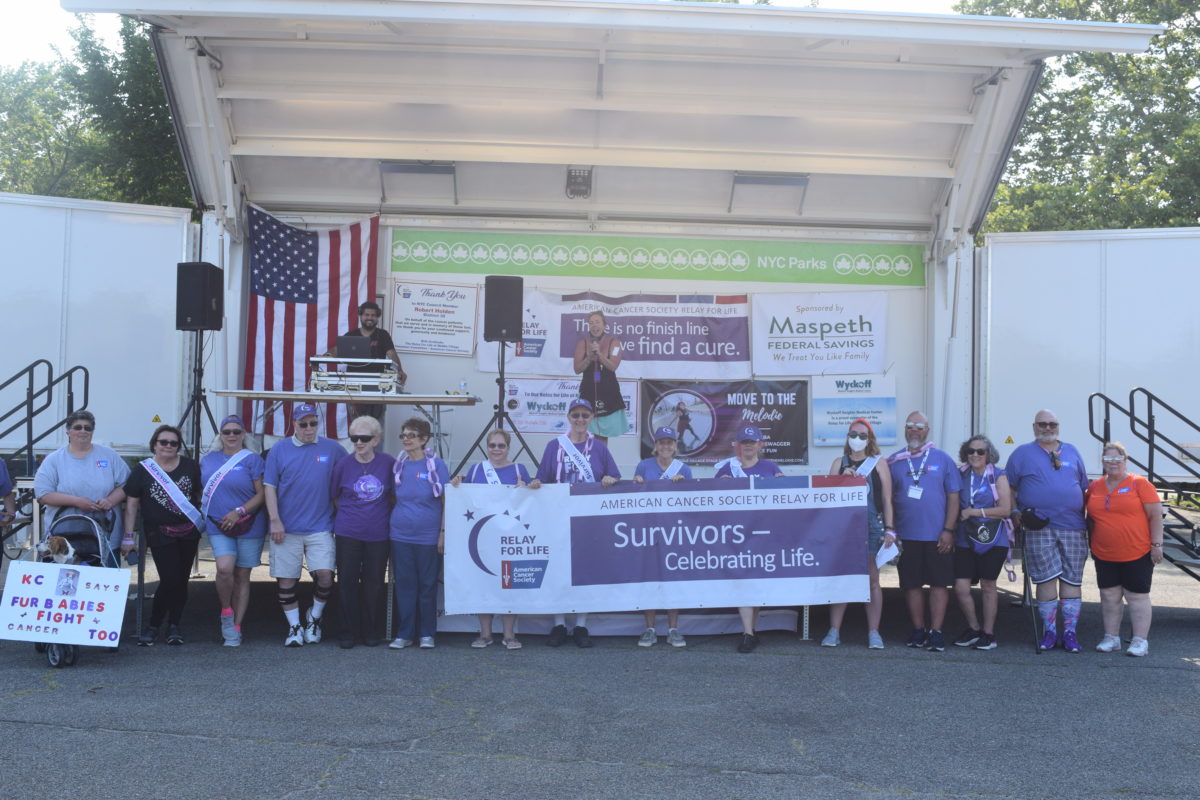
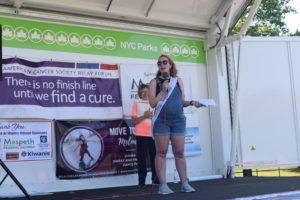 The list of sponsors includes local businesses and organizations such as Maspeth Federal Savings, Kiwanis Club of Glendale, Wyckoff Heights Medical Center, Move to the Melodie, Main Street Radiology, Cord Meyer Development Company, Ridgewood Moose Lodge 1642, and O’Neill’s Maspeth.
The list of sponsors includes local businesses and organizations such as Maspeth Federal Savings, Kiwanis Club of Glendale, Wyckoff Heights Medical Center, Move to the Melodie, Main Street Radiology, Cord Meyer Development Company, Ridgewood Moose Lodge 1642, and O’Neill’s Maspeth.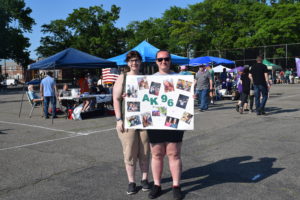 Melissa Alke-Sparnroft kicked off the event by sharing her cancer story with the crowd, which was followed by a series of walks and team laps around the track. There was also a relay, fun and games, a Zumba dance class taught by Melodie Mattes, and the Luminaria Ceremony in the evening.
Melissa Alke-Sparnroft kicked off the event by sharing her cancer story with the crowd, which was followed by a series of walks and team laps around the track. There was also a relay, fun and games, a Zumba dance class taught by Melodie Mattes, and the Luminaria Ceremony in the evening. “That just goes to show that cancer doesn’t care,” she said. “I ended up having surgery in February 2021 to get my thyroid and a few lymph nodes removed… I went into isolation for a week.”
“That just goes to show that cancer doesn’t care,” she said. “I ended up having surgery in February 2021 to get my thyroid and a few lymph nodes removed… I went into isolation for a week.”